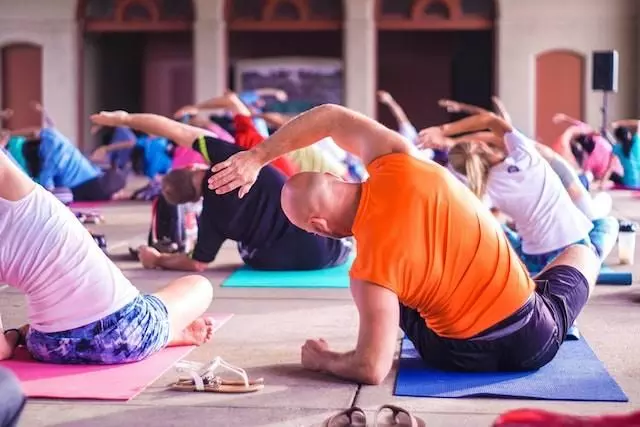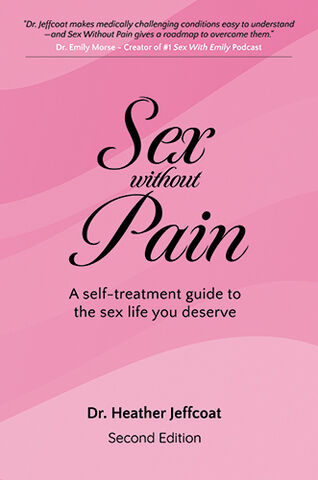4 Exercises to Increase Low Back Strength
Julia Connolly, PT, DPT
Rest does not always = recovery. Strengthening the muscles of your lower back to increase low back strength, gain coordination, and increase aerobic endurance will improve your capacity to move throughout your day. Globally, low back pain is the leading cause for years lived with disability.1 Getting your body moving with better biomechanical strategies, and staying active are important ways to maintain your level of function.
Too much rest can deplete strength and cardiovascular fitness over time which may lead to more discomfort down the line. Finding the sweet spot where you are exercising vigorously enough to build muscles without straining or causing pain can be achieved with the guidance of a physical therapist. Increasing low back strength can help prevent injury, rehabilitate a current low back pain, and keep you moving without impedance in a more enduring way. The following 5 exercises are gentle movements to increase low back strength at home with minimal equipment required.
Exercises to Increase Low Back Strength at Home:
1. Bird dog
- The bird dog is performed on hands and knees with hands directly underneath shoulders and knees underneath hips in 90 degrees. You will raise the opposite arm and leg straight out while using your core to balance - hold 1 second at the top at a leg height that does not cause your spine to overly curve at your neck or low back. Then, gently lower in a controlled manner. Begin with a big diaphragmatic belly breath at rest, and as you begin to raise the right arm and left leg, exhale while drawing your belly button toward your spine to brace your core throughout the movement of the leg and arm. Inhale and relax when the arm and leg return to the floor.
- This exercise conditions your deep, stabilizing abdominal muscle transversus abdominis when performed correctly. This muscle that attaches to your spine, pelvis, and rib cage holds your body stable against the perturbing forces of moving limbs in space as you perform the exercise. Your natural weightlifters’ belt is your transversus abdominis, and the cue to “draw the belly button in” is a good way to activate it without relying on superficial muscles that usually over-activate. The challenge lies with coordinating this deep core muscle with the breath throughout the movement to hold you steady.
2. Pallof Press
- The pallof press can be performed with a cable column or an exercise band secured in a doorway with a knot at the end. Begin facing perpendicular to the pull of the band or cable with your hands clasped around the handle at the level of the belly button. Inhale with a big belly breath, and exhale as you hold your spine in neutral and slowly punch the hands forward in a straight line in front of you, then back again.
- As you bring your hands further away from your belly button, this increases the rotational torque force on your spine, and the muscles of your core and low back work to maintain your spine, shoulders, and pelvis in a stable neutral position. Notice that the further the hands get from the belly button, the harder you have to work to keep your form. This works the muscles that control rotational forces that go through the body throughout the day.
3. Farmer’s carry
- Begin with a kettlebell or dumbbell of a moderate weight comfortably in 1 hand. The weight should be high enough that it feels like work to keep your body upright, but not heavy for the strength of your hand grip (which tends to be a common limiting factor). Walk 10 steps forward and work to maintain your spine and ribcage upright as you weight shift with each stop. Hold the deep core activation described above, and breathe as you walk back and forth. Repeat 3x.
- Make sure to maintain your carrying shoulder level with the opposite, and prevent the scapula from being pulled downward with an active shoulder.
- If you’ve ever been to a physical therapy appointment or ran into a DPT at a party and asked them for advice about your chronic shoulder injury, you know that physical therapy is all about achieving optimal function. Someone can give the fanciest and most challenging exercise, but I believe the best are the ones that look like the movements your body is required to go through every day. The farmer’s carry mimics the movement of carrying groceries, a heavy backpack on one shoulder, a laundry basket, and the shopping bag full of items to bring home after the errand run. This movement works the muscle stated above, in addition to a major bilateral and unilateral stabilizer of the trunk on pelvis – quadratus lumborum. This can be performed with weights in both hands as well. If you do not have access to equipment, using a bag with a handle and filling it with various items like shampoo bottles or jars of food are a good substitute. (we all learned how to improvise during the pandemic, right?).
4. Romanian Deadlift
- Start in tall standing with your feet hips width apart. Lean forward into an L shape with your knees slightly bent and shift your hips backward until you feel your hamstrings get a stretch (this will be a different depth for everyone depending on your hip flexibility). Brace your core while you inhale on the way down, and exhale on the way up squeezing your glute muscle until you are in a full stand.. This works the stabilization strength of your lumbar spine since it is working in an isometric contraction to hold your trunk still while you move dynamically up and down.
- This can be regressed if it is too hard by starting on your knees in a tall kneel instead without weight.
- Make sure you are preventing your ribs from flaring outward and avoiding over- extending your low back into too much curvature. Maintain the exercise in a pain free- range and stop when form is compromised.
- Lumbar extension gets a bad rep in the exercise world. There is a lot of commentary on what the best form is while using harsh language to fear monger people into believing the way they exercise is causing pain, and preaching what they think is the best squat form and posture for your back. However, your low back extensors are postural muscles that need the strength to work all day long. There is a natural curve in your low back that helps your spine absorb shock as you take steps throughout the day, like a built-in spring in your anatomy. These muscles, like all other skeletal muscles, can get weak and tight, building up metabolites and getting sore, possibly compromising optimal blood flow to the area and causing pain. Training these muscles to have the endurance, strength, and coordination will improve their ability to work with you throughout your day. This may substantially help increase low back strength and subsequently ease low back pain.
Not all back pain is created equal. Often times, exercises to increase low back strength can increase aerobic endurance, gain stability, and help ease low back pain. See a licensed doctor of physical therapy to determine what exercises are right for you! Contact us to find a physical therapist right for you.
References:
- Wu A, March L, Zheng X, Huang J, Wang X, Zhao J, Blyth FM, Smith E, Buchbinder R, Hoy D. Global low back pain prevalence and years lived with disability from 1990 to 2017: estimates from the Global Burden of Disease Study 2017. Ann Transl Med. 2020 Mar;8(6):299. doi: 10.21037/atm.2020.02.175. PMID: 32355743; PMCID: PMC7186678.













